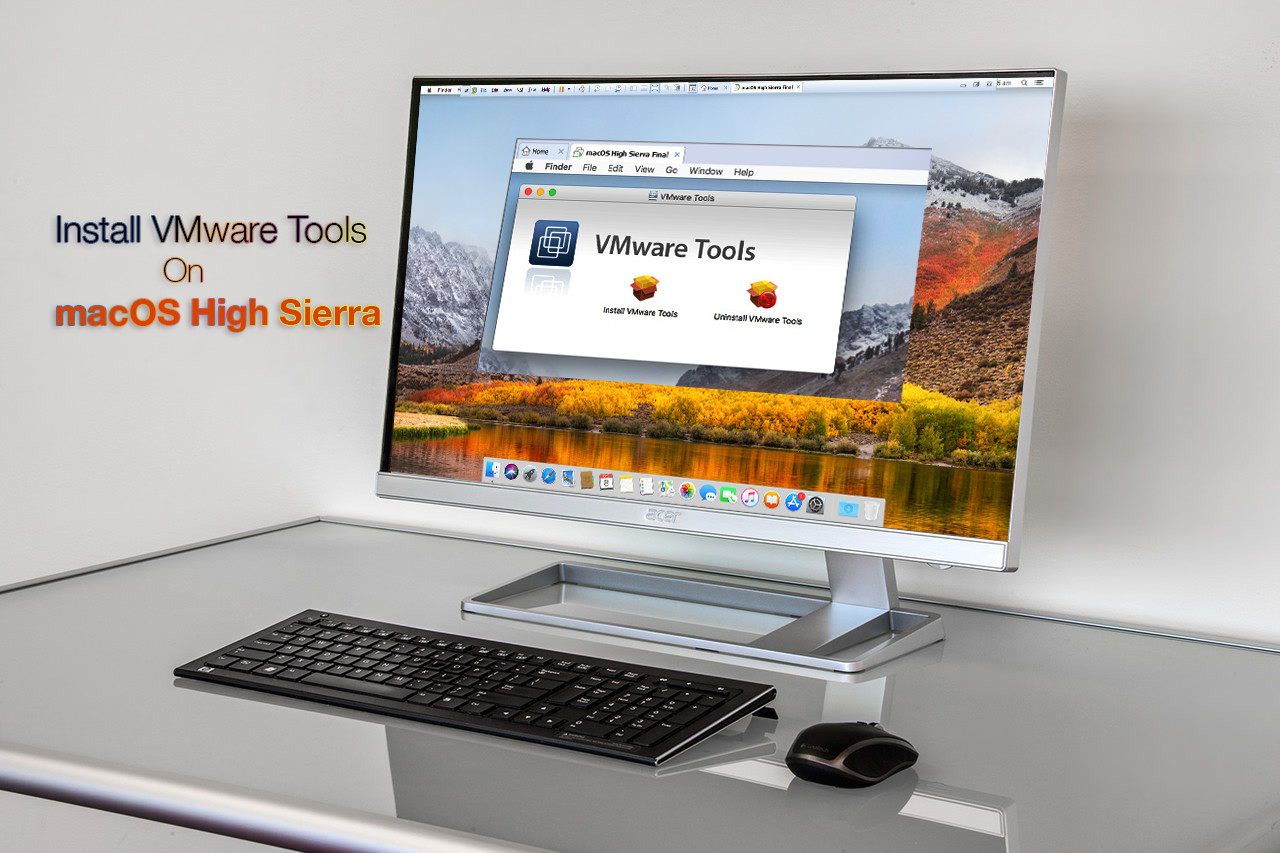
- #MAC OS X ONLY SHOWS 1024 * 768 DISPLAY CHANGE VMWARE PLAYER INSTALL#
- #MAC OS X ONLY SHOWS 1024 * 768 DISPLAY CHANGE VMWARE PLAYER DRIVERS#
- #MAC OS X ONLY SHOWS 1024 * 768 DISPLAY CHANGE VMWARE PLAYER FULL#
- #MAC OS X ONLY SHOWS 1024 * 768 DISPLAY CHANGE VMWARE PLAYER SOFTWARE#
#MAC OS X ONLY SHOWS 1024 * 768 DISPLAY CHANGE VMWARE PLAYER INSTALL#
Uncheck the Start virtual machine and install operating system now checkbox.
#MAC OS X ONLY SHOWS 1024 * 768 DISPLAY CHANGE VMWARE PLAYER FULL#
I created a disk with a maximum size of 2GB and found that the full install of Rhapsody occupies roughly 400MB. The largest sized disk that Rhapsody can access is 2GB. Set the name and location of the virtual machine to the name and location you want to use for the virtual machine. Set the operating system as “Other” with the version as “Other”. Open VMware and create a new virtual machine. mkisofs can be installed from the fink project or darwin ports. I used mkisofs to make a CD image containing these. tar files that we will unpack in Rhapsody. Open a Terminal window and issue the following commands:
#MAC OS X ONLY SHOWS 1024 * 768 DISPLAY CHANGE VMWARE PLAYER DRIVERS#
To minimize the fiddling to be done in Rhapsody I uncompressed the drivers before copying them to the driver CD image. Until the networking driver is installed the only way to get these drivers into Rhapsody is via a floppy disk or CD-ROM. For these instructions I used a working folder named drivers on the Desktop. I used some drivers developed for OpenStep 4.2 to get video, networking, mouse, and sound working correctly in VMware.ĭownload the 4 drivers listed in the requirements into a working folder. Additionally, the Rhapsody mouse driver has tracking problems in VMware. Rhapsody DR2 does not include device drivers that will work with the video, network and sound components emulated by VMware. Creation of the CD image from the driver download links above is described in step 0. I also created a small CD image to contain the OpenStep device drivers since this is the easiest way to get the drivers into Rhapsody. Using images rather than the physical floppies and CDs tend to have faster access times and are easier to manipulate which made it easier to work out the problems encountered during the install. Since I expected difficulties during this install I made a disc images of the installation floppies and Rhapsody CD and worked from these images. Local copies of these drivers can be downloaded here: Small CD image to hold preceding OpenStep drivers (see instruction step 0).OpenStep 4.2 drivers for VMware video ( VMwareFB driver from AtomicObjects), mouse ( VMMouse by Jens Heise), network ( VMXNet by Jens Heise), and sound ( SoundBlaster16PCI by Jens Heise).(These steps will probably work well for VMware for Windows and Linux.)


Reboot system to continue with Rhapsody applications installer.

#MAC OS X ONLY SHOWS 1024 * 768 DISPLAY CHANGE VMWARE PLAYER SOFTWARE#
At both user interface and developer levels, a clear lineage exists from NeXTstep through OpenStep to Rhapsody and on to OS X.ĭigging through my old software collection I decided to get Rhapsody DR2 running in VMware on my MacBook. Much of the work that went into Rhapsody was carried forward into OS X including Quicktime integration, early Carbon/Cocoa libraries, Interface Builder, and Java integration. But after the problems with MacOS v7.5 and v8 it was becoming clear to Mac developers that Apple needed a new operating system direction.īoth PowerPC and Intel x86 versions of Rhapsody were released in two developer previews – DR1 in early 1997 and DR2 in August 1997. With the Rhapsody release coming so soon after the public Copland demo CDs and abrupt cancellation of Copland it was difficult to see where Apple was heading at the time. Rhapsody was heavily based on OpenStep while providing a user interface experience based on the traditional MacOS Finder. This new operating system was known as Rhapsody. In 1997 Apple released previews a new operating system that would be the next step in the evolution of MacOS.


 0 kommentar(er)
0 kommentar(er)
